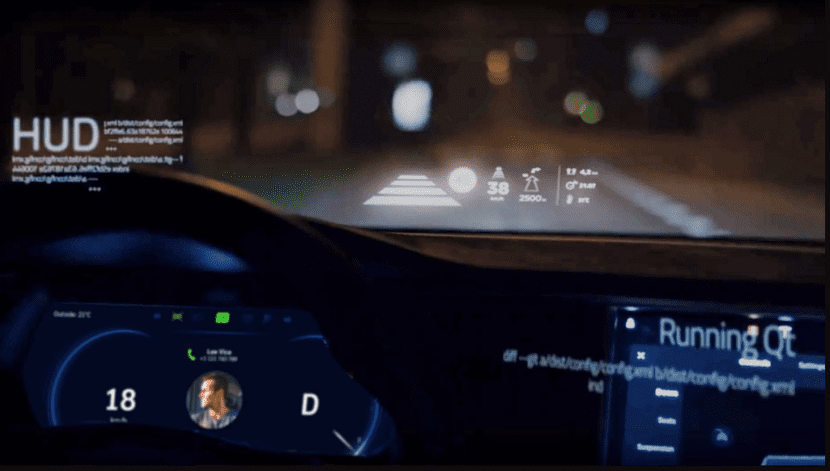
QT developers are not satisfied with only offering solutions with their framework oriented to the creation of graphical interfaces for different operating systems, if not now they want to expand their product to microcontrollers intended for different domestic uses and even for automobiles.
And is that yesterday the Qt project announced the introduction of The editors of the framework for microcontrollers and low-power devices: QT for Mcus.
Among the advantages of this project, the possibility of creating graphic applications for microcontrollers is highlighted using the familiar API and development tools, also used to create a complete GUI for desktop systems.
Today we announced the release of Qt for MCUs, a comprehensive toolkit for delivering a smartphone-like user experience on displays with microcontrollers. What started as a research project is now in the final stage of its journey to be launched as a product.
Connected devices found in vehicles, wearable devices, smart homes, industrial, and healthcare often have requirements that include real-time processing capabilities, low power consumption, instant start-up time, and a low bill of materials. These requirements can be met by a microcontroller architecture.
However, as devices get smarter and offer more features and capabilities, users expect an improved and intuitive experience on par with today's smartphones.
To achieve high performance, QML scripts are translated into C ++ code and the representation is done using a separate graphics engine, optimized for creating graphical interfaces in the conditions of a small amount of RAM and processor resources.
The motor is developed with ARM Cortex-M microcontrollers in mind and supports 2D graphics accelerators such as PxP on NXP i.MX RT chips, Chrom-Art on STM32 chips and RGL on Renesas RH850 chips. For testing, only the demo build is currently available.
Qt for MCUs offers an immersive and enriching user interface by using a new runtime developed specifically for microcontrollers.
The interface for microcontrollers is created using not only the C ++ API, but also the use of QML with widgets from Qt Quick Controls, redesigned for small screens commonly used in consumer electronics, portable devices, industrial equipment and smart home systems. .
This speeds up the transfer of an existing application to Qt for MCU, with more time to focus on enriching the user interface. An application in Qt for MCU is processed using the new runtime that offers high performance with low memory consumption.
As Qt Quick applications follow the model view architecture, you can easily integrate your C / C ++ based backend.
This is accomplished through a new translation from QML to C ++, combined with a new declarative property binding engine. In addition, the new runtime allows applications to run directly on the processor without an operating system, commonly known as "running on bare metal."
Applications can also be deployed in more powerful devices running operating systems like Linux, Windows, etc., using standard Qt libraries
Also they also unveiled the creation of a separate Qt5 port for the OS / 2 operating system created by independent enthusiasts.
This port includes all major parts of the QtBase module and it is already suitable for compiling and running a large number of existing Qt5 applications on OS / 2.
Among the limitations, there is a lack of support for OpenGL, IPv6 and Drag and Drop, the inability to change the image of the mouse cursor, and insufficient integration with the desktop.
If you want to know a little more about the Qt for MCUs projectYou can download the demo code from the following link, where you will only be asked for your email and your co name so that you have access to the download.